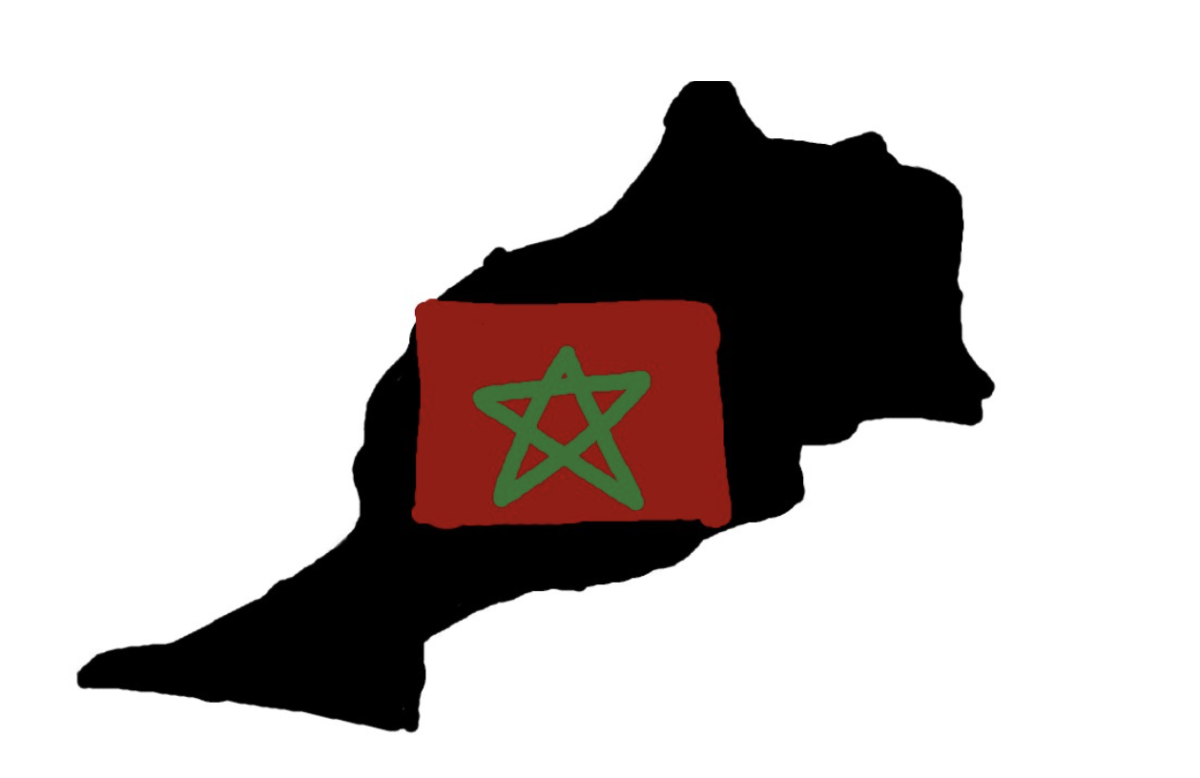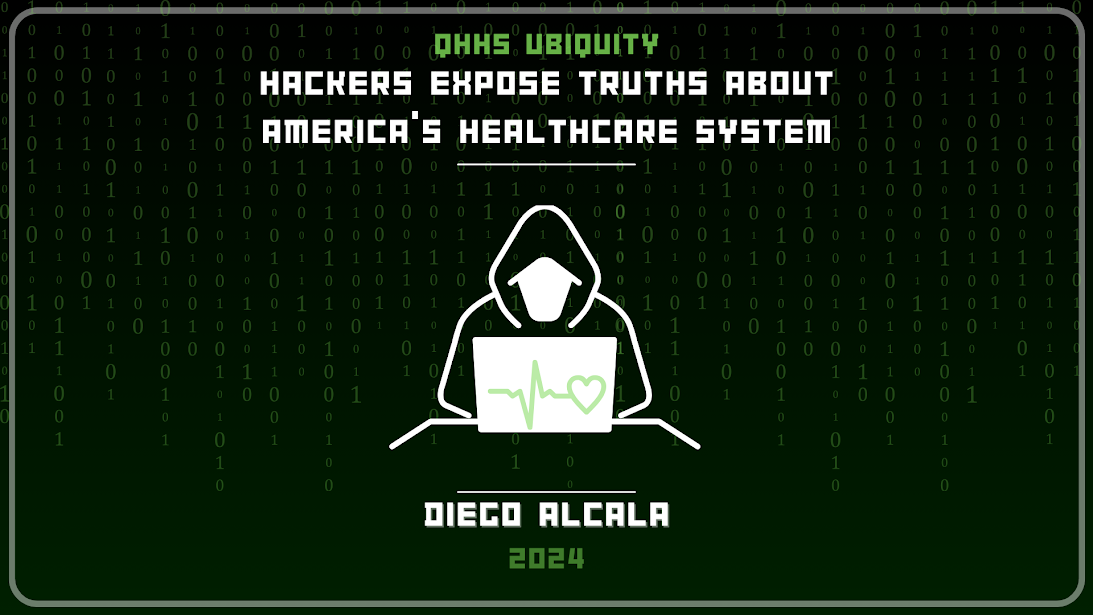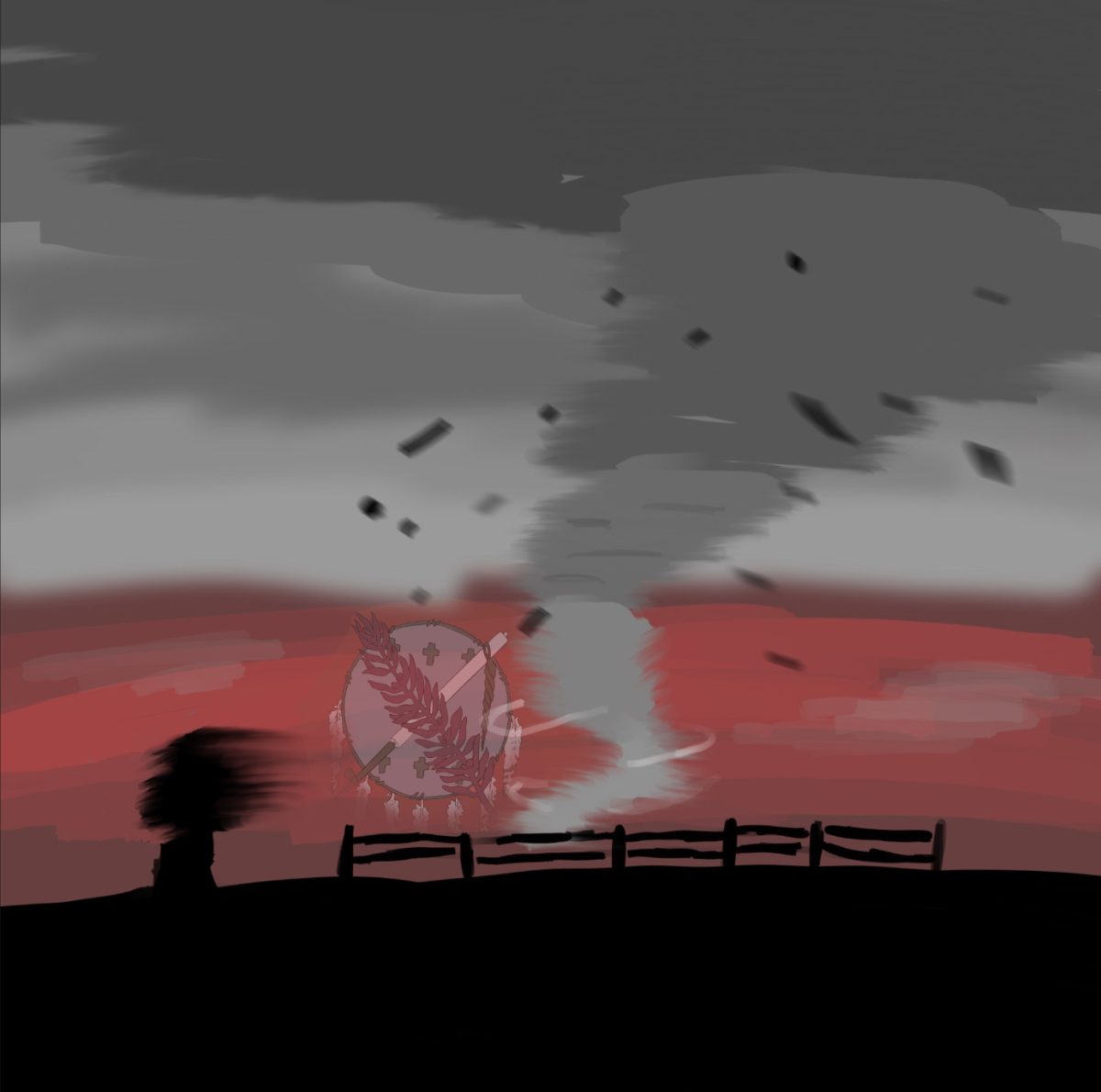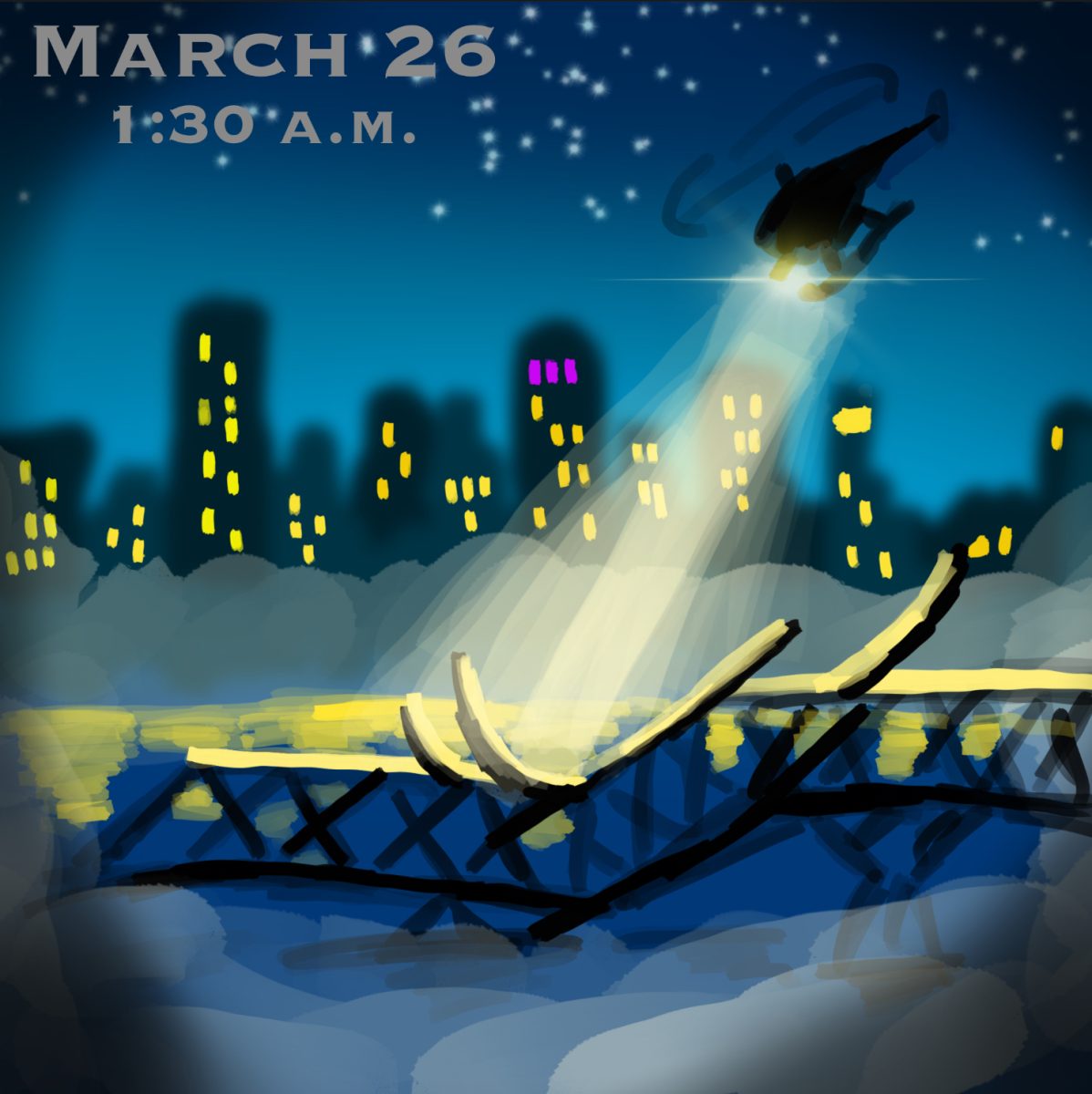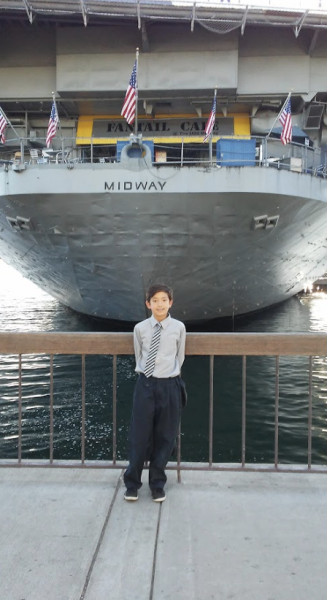On the night of the eighth of September, the people of Morocco experienced a 6.8-magnitude earthquake. The largest affected city is known as Marrakesh, which has a population of over 800,000 citizens. Since 2000, Morocco has had four earthquakes, of which this is the worst. Many families are left without homes and living on the city outskirts because of the fear of aftershocks bringing down more buildings.
The epicenter of this earthquake is in the High Atlas Mountain Range, about 45 miles from Marrakesh. One factor that made this earthquake so deadly was the depth. Since the quake’s depth was 16 miles down, it did not take much traveling to reach the surface. Because of this, countries like Algeria, Portugal, and Spain reported feeling the earthquake. The United States Geological Survey (USGS) said this earthquake is called an oblique reverse faulting. This earthquake happens when tectonic plates collide and shift to release tension. When an earthquake occurs, most people overlook the aftershocks. Aftershocks arise after the initial quake and, on most occasions, are smaller. Around 20 minutes after the initial earthquake, a 4.9 magnitude earthquake was recorded. As the plates settle over time, these aftershocks will decrease in magnitude.
Morocco has not accepted nor denied most government-funded first-response organizations in response to these quakes. Four countries were allowed to help Morocco in the search and rescue efforts: Spain, the UK, UAE, and Qatar. Morocco did not want additional support because they did not want a lack of coordination as the measures would be “counterproductive.” Morocco authorities have stated that their reasoning was not politics-based but to “prevent bottlenecks.”
Though Morocco has an organized team of first responders, much work still needs to be done. Many small mountain villages have been destroyed, and the roads are inaccessible. The authorities plan to focus on the bigger cities and communities before assisting the small villages near the epicenter. This leaves many small towns without any support, and with the limited road access, it will take time to reach these villages. The displacement of people in Marrakesh has caused many to live in tents and makeshift shelters on the city’s outskirts. Currently, there are over 2,900 people who have died in the earthquake and over 5,500 injured. The government states that most of the deceased were buried under the rubble. The mission director of SAMU First Responders has said that all the people who were alive have been pulled out. They are now searching the wreckage for corpses to help the families recover.
This earthquake has shown the spontaneity of tragic events and how fast the environment around us can change. The citizens are facing the uncertainty of long-term shelter, and it will take Morocco countless years to recover. Although the country has these issues, it allows communities to come together and multiple countries to support Morocco in the recovery process.



